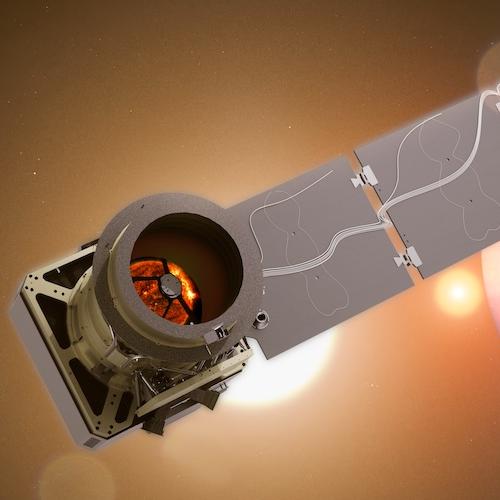A new study co-led by a Cornell researcher has identified serpentinite – a green rock that looks a bit like snakeskin and holds fluids in its mineral structures – as a key driver of the oxygen recycling process, which helped create and maintain the sustaining atmosphere for life on Earth.
“This cycle is a really a big deal,” said Esteban Gazel, associate professor of earth and atmospheric sciences in Cornell’s College of Engineering, and co-lead author on the study. “In the end, we’re talking about the budget of oxygen on the planet and how that gets balanced through processes like subduction.”
Earth is constantly recycling its life-giving supply of water and oxygen as tectonic plates sink, or subduct, deep into the planet. Elements are carried down as one piece of the planet’s crust slips below another, and resurface through the resulting volcanoes.
It’s a critical process, but how, exactly, subduction recycles oxygen and allows it to interact with other elements has always been a topic of debate among geoscientists.
Read the full story in the Cornell Chronicle.





